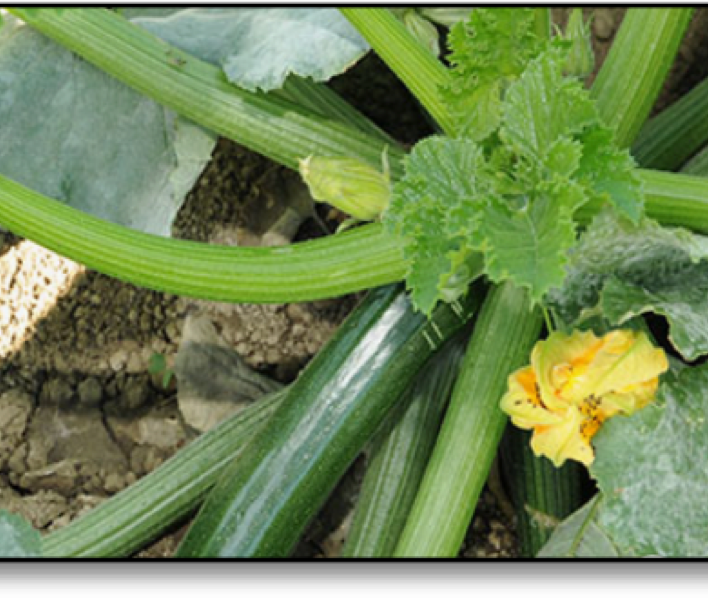
May 1 Sowed more peas. The ones sown March 24 are now about a foot high.
In 1911, the Jerome B. Rice Seed Company of Detroit sent William A. Davis to the Gallatin Valley in Bozeman, Montana to determine whether peas, a crop blighted by disease in the East, could be grown in the area profitably. The effort was such a success that the Gallatin Valley Seed company was formed in 1913. Company varieties such as Tomas Laxton, Perfection, Pride, and Alaskan became top sellers.
May 5 Starting zucchini and squash indoors.
Squash is one of the oldest known crops. 10,000 years ago squash most likely were used as containers or utensils because of their hard shells. The seeds and flesh later became an important part of the pre-Columbian Indian diet in both South and North America.
North Georgia Candy Roaster squash have been cultivated and preserved by the Cherokee since the 1800s and were highly favored as a nutrition source during the cold winter months. The Cherokee Nation valued the variety for its long shelf life and planted the squash throughout present-day Western North Carolina, Northern Georgia, and Eastern Tennessee. Squash was traditionally planted along with corn and beans as the famous three sisters crop. North Georgia Candy Roaster is not commercially available because it is difficult for farmers to preserve the true seed. Nevertheless local farmers and home gardeners throughout the Southern United States consider the rare variety valuable enough to be preserved and cultivate the squash for its sweet, smooth flesh.
Waltham Butternut produces large fruits with small seed cavities and thick, straight, cylindrical necks. Waltham has smooth texture and sweet flavor, particularly after 2 months of storage. This 1970 All-America Selections winner from Massachusetts is the most widely grown full-size open-pollenated butternut. Fruits avg. 9" long. Avg. weight: 4–5 lb. It stores well.
“As the legend goes, in 1944 Mr. Charles Leggett, a resident of Stow, Massachusetts, took his unique strain of winter squash 16 miles down the road to the to the agricultural experiment station in Waltham, Massachusetts.
Gourd, Curbitaceae, is native to today's Mexico and the northern parts of South America. European colonization of Americas brought gourds to Europe where their cultivation began. Zucchini were developed in Italy in the 19th century near Milan. Their name comes from a plural diminutive word for an Italian word for squash - “zucca”. Zucchini appeared in North America in 1920s, brought by Italian immigrants to California.
Golden Glory - 50 days - bright, flashy yellow zucchini with excellent production while under pressure from disease and bugs. The flesh is meaty, not watery, and is tasty marinated and grilled. Harvest fruits at 7-8”. Intermediate resistance to powdery mildew, watermelon mosaic virus, and zucchini yellow mosaic virus.
Golden Glory was bred by the giant global Swiss agricultural products company Syngenta founded in 2000 by the merger of Novartis and AstraZeneca.
Green Machine - 45 days - the most disease-resistant zucchini I’ve grown. Healthy plants produce fruit all season long. Green Machine was developed by Enza Zaden which was founded in Holland in 1938.
May 6 Sweet Corn showing emergence.
May 8 Planted the raised bed tomatoes.
May 10 Repotted the container tomatoes. Still watching for the hummingbirds to return to my feeders.
May 13 Planted cucumbers, basil, and sweet potatoes.
May 14 Great Granddaughter picks the first garden ripe tomatoes.
May 15 Rabbit ate all the garden burnet.
May 16 Rabbit ate most of the marigolds.
May 22 Planted squash and sprayed it thoroughly with rabbit repellent.
May 23 Starting salad greens in basement to provide for continuous production in garden until extreme summer heat spoils the fun. There have been several summers, including 2023, that production never stopped. Still no hummers.







